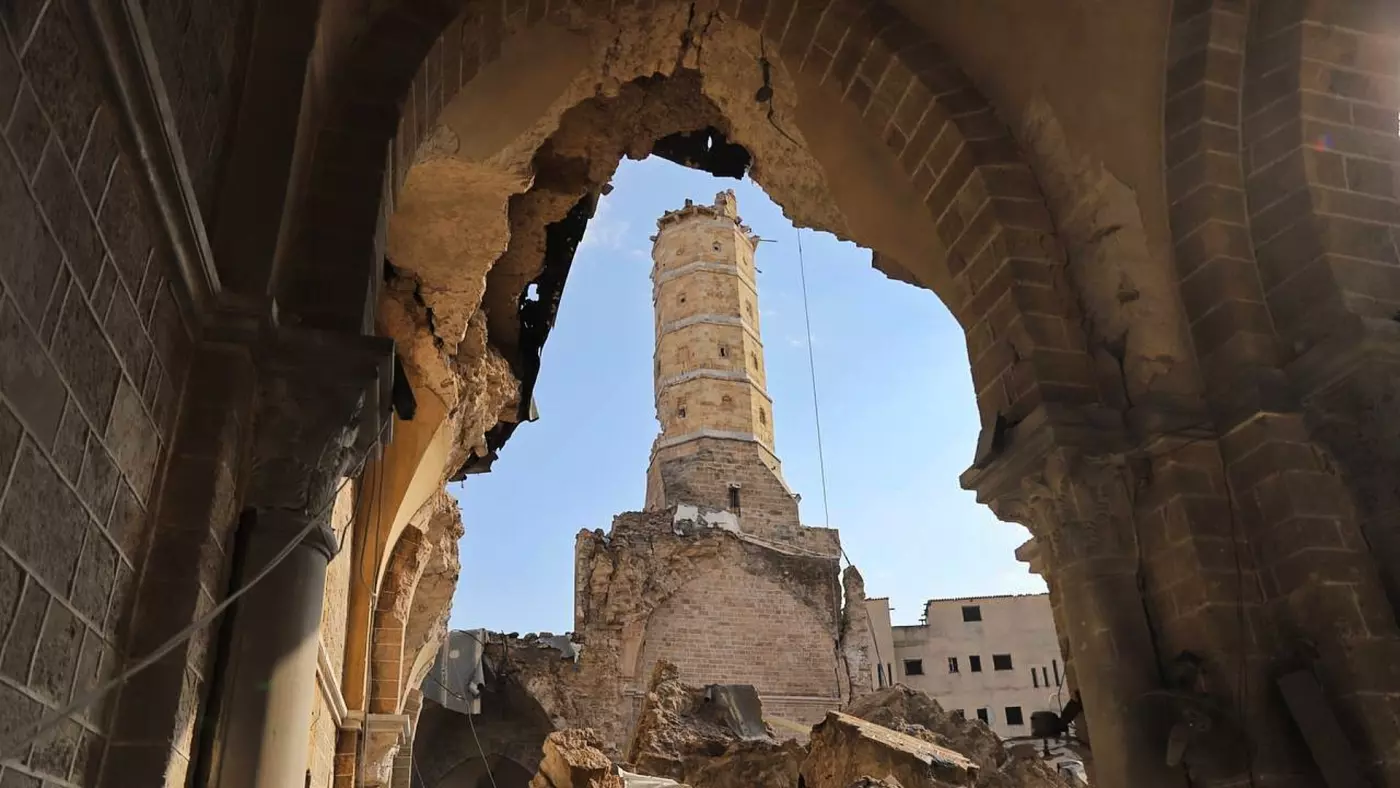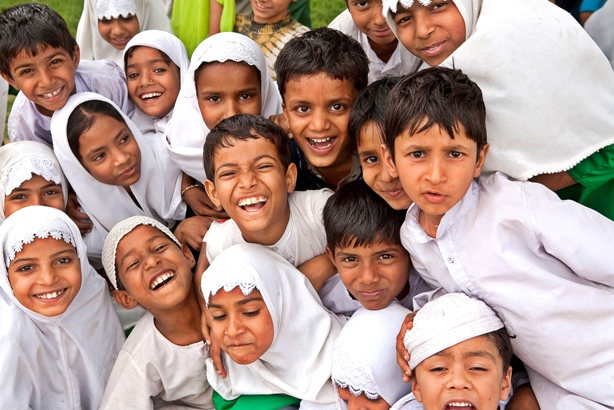Tucked away in the southwest corner of Sri Lanka’s coastline, away from the hustle and bustle of the busy town of Galle lies the quaint old peninsula that is the Galle Fort. Originally built by the Portuguese and then modified by the Dutch in the 17th century, this little enclave shot to fame after it was declared a World Heritage Site by the UNESCO in 1988. Although the maintenance of this little city is funded by the government of Netherlands, the Galle Heritage Foundation that claims it to be insufficient says parts of the Fort will now be leased out to commercial establishments to bridge the deficit. Until very recent times the Galle Fort was home to a multi-ethnic predominantly Muslim Sri Lankan community that boasted of a laid back but productive lifestyle in a comfort zone rich in its very own “Galle Fort” tradition and culture that only its residents knew and revelled in.
THE GOOD OLD DAYS
Huraiz Magdon Ismail, a former senior member of the Galle Fort community now living in Colombo owing to practical reasons, reminisced with the Daily Mirror about ‘the good old days” in his beloved home town. Born (in 1934) and bred in the Fort, he recalls that life was extremely leisurely and peaceful in those days, the majority community Muslims along with the Sinhalese, Tamils and Burghers living in harmony as one brotherhood. Mr. Magdon Ismail claims it was his grandfather’s family originally from Magalle that was the first Muslim family to settle in the Galle Fort somewhere in the early 1800s._D-m-9-2.jpg) “It was then home to the Dutch Burghers, a fortified and garrisoned place,” he said. “But my grandfather somehow or the other got permission to come and settle therein with his family and set up home in Small Cross Street. In those days all significant family homes had nicknames and ours was called ‘Bumbleoodu” (Bumble House).
“It was then home to the Dutch Burghers, a fortified and garrisoned place,” he said. “But my grandfather somehow or the other got permission to come and settle therein with his family and set up home in Small Cross Street. In those days all significant family homes had nicknames and ours was called ‘Bumbleoodu” (Bumble House).
”However, this was disputed by the late Kays Hassen who claimed it was his Muslim ancestors that first stepped into the Fort, but Norah Roberts a long-time Librarian of the Galle Public Library and Galle Fort historian confirmed it was the Magdon Ismail family,” he said.
Since its new-found exposure the market value of properties went up, there was a demand by foreigners to buy property therein and that way the people benefited, Magdon Ismail said. “I too benefited in a way. My two sons were working in Colombo, and I had the opportunity of selling my house in the Fort in 2007 for an unexpected price, managed to purchase twin houses in Mt. Lavinia and also a little house back again in Small Cross Street, Fort for practical plus nostalgic reasons,” he said.
Commenting on the present face of the Fort he said most of the house verandahs were now eateries and showrooms selling jewellery, antiques and other items to attract foreign tourists.
“In those days, almost all front doors were kept open throughout the day and evening. Anyone could walk in with a pleasantly resonant greeting, share a cup of tea with the latest gossip and walk out with a long-lingering smile. But now, most houses were closed up and it was lonely and deserted in the evenings,” his wife Ms Rashada chimed in.
Sulmy Magdon Ismail, their son was of the view that had there been more job opportunities closer to home, people would not have had to move out to Colombo where anyone and everyone who wanted to make something of their lives eventually went. “The Galle Fort was not an income generator. Anyone can walk in and drink of its historical and aesthetic essence free of charge. With the new trend, although some ‘hit the jackpot’ so to speak, some others regret having sold their houses as now, even if they gave it out on rent they would be up on the deal, as the commercial value of the properties is very high,” he said.

LEAVING THE NEST
Ziqufi Ismail, (no relation to Magdon Ismail) also a much integrated ‘son’ of the Fort said his boyhood years there were the most cherished time of his life.
“The moulding we received living in that multi ethnic environment, loving each and every human being irrespective of cast, religion or race is what I am made of today. My parents moved out to Colombo for the sake of their children’s education but I used to crave to run down to Galle on Fridays to be amongst extended family in our sprawling family home that was nicknamed “Saappoodu,” (Saappu House) he said. “I was among a bunch of friends known and somewhat ‘feared’ for the boyish mischief we created in the neighbourhood putting the likes of Tom Sawyer to shame, and we took pleasure in the widely repeated expression that no father would give his daughter in marriage to one of us, but fortunately I was blessed with my life partner from my beloved city of the Galle Fort.”

Memories could be recalled and written till a million pens ran dry, Mr. Ismail said. “We may fly all over the world, but, we can never forget our nest. The Fort has been an example to the entire island where the Muslims and Sinhalese lived peacefully side by side. Most of us went to schools where ethnic groups were mixed. Practically every evening the Pereras, Ramanayakes, Ludowikes, Mohameds and Ismails among others all played together on the ramparts, he recalled.
Contemplating the recent developments Ismail said some of its advantages were that there was much aid coming from the Dutch Government to maintain this World Heritage Site. It had become a much sought after city for holiday bungalow investments which had in return solved the financial problems of many residents who sold their properties at unbelievable prices. It had developed as a ‘must stop’ tourist destination for high spending locals and foreign tourists. Residents who had rented out their premises for businesses as well as for accommodation were earning substantial incomes and weekends saw an influx of tourists flowing through the streets.
Among the disadvantages he thought was the influence of foreign entities in the social and cultural lifestyle. In an otherwise conservative setting, their free lifestyle, minimalistic dress code, open same-sex relationships, public consumption of alcohol etc. had caused some uneasiness among the families who opted to stay back in the Fort.
However, Mr. Ismail acknowledged it was important to uphold and safeguard the religious and cultural traditions of all communities and strike a balance by coping with inevitable change, where they could still believe it was the best city in the world to live and visit.
_D-m-9-1.jpg) BACK TO ROOST
BACK TO ROOST
24-year-old Ashkar Ahamed, a British real estate agent now resident in the Galle Fort, who was enchanted by the natural beauty of Sri Lanka during his initial visit to the island in 2010 went to the extent of resigning from his IT job in the United ingdom o make his home in Sri Lanka.
He affirmed he was fortuitous in the time of his arrival to Sri Lanka as the country had recently come out of the twenty-six year civil war in May 2009 and was only just rebuilding its economy, so there were a number of business opportunities.
“My professional background was in real estate and internet marketing. I put both disciplines to good use when I returned to Sri Lanka in May 2011, to live here full-time, by starting a real estate agency.
Commenting on the high demand for property in the Fort, he explained, “Real estate prices in the Galle Fort attract a premium compared to most parts of Sri Lanka due to the limited supply of property and their significant commercial potential. There are only approximately four hundred houses in the Fort with practically no bare land available to construct additional houses,” he said, adding that the demand for property in the Fort was high from both foreigners and Sri Lankans alike.
_D-m-9-3.jpg)
Mr. Ahamed further anticipated that with tourist arrivals due to nearly treble to 2.5M in 2016, there would be a steady stream of foreigners keen to buy property in the Galle Fort which would keep the level of demand high for the foreseeable future. The demand itself stemmed from that fact that property in the Fort had great commercial potential. For example, he said if you were to renovate a property of nine perches or more to a high standard in a colonial style complete with swimming pool then you would have no problem renting it to tourists for 65,000 LKR per night with an occupancy rate of at least 50%.
Additionally, if you were to open a good quality restaurant, shop, hotel, or guesthouse which catered to the tourist market then you would be doing stellar business from day one of opening.
_D-m-9-5.jpg) Presently, Mr. Ahamed said out of about 400 houses, approximately 45 (11.25%) are under foreign ownership. Foreign buyers tend to be American, Australian, and British. Most are high-net-worth individuals living in Singapore or Hong Kong working for major global banks. Sri Lanka’s proximity to Singapore and Hong Kong, with cheap regular flights, makes it a popular holiday destination for them. Typically, even after just one or two visits a foreign buyer is captivated by the Galle Fort and buys a property here which they would then renovate over a twelve to eighteen month period into a colonial style villa. They would then use the property as a holiday home as well as enjoying healthy rental income and capital appreciation.
Presently, Mr. Ahamed said out of about 400 houses, approximately 45 (11.25%) are under foreign ownership. Foreign buyers tend to be American, Australian, and British. Most are high-net-worth individuals living in Singapore or Hong Kong working for major global banks. Sri Lanka’s proximity to Singapore and Hong Kong, with cheap regular flights, makes it a popular holiday destination for them. Typically, even after just one or two visits a foreign buyer is captivated by the Galle Fort and buys a property here which they would then renovate over a twelve to eighteen month period into a colonial style villa. They would then use the property as a holiday home as well as enjoying healthy rental income and capital appreciation.
Mr. Ahamed stated his biggest concern was that illegal construction work which resulted in the destruction of colonial architecture was still going on with no action taken by the relevant authorities. Although the number of instances of illegal construction had decreased dramatically it still prevailed and threatened to spoil the beautiful environment of the Galle Fort.
Post Disclaimer | Support Us
Support Us
The sailanmuslim.com web site entirely supported by individual donors and well wishers. If you regularly visit this site and wish to show your appreciation, or if you wish to see further development of sailanmuslim.com, please donate us
IMPORTANT : All content hosted on sailanmuslim.com is solely for non-commercial purposes and with the permission of original copyright holders. Any other use of the hosted content, such as for financial gain, requires express approval from the copyright owners.
 Sri lanka Muslims Web Portal Sri Lanka Muslims News Center
Sri lanka Muslims Web Portal Sri Lanka Muslims News Center



